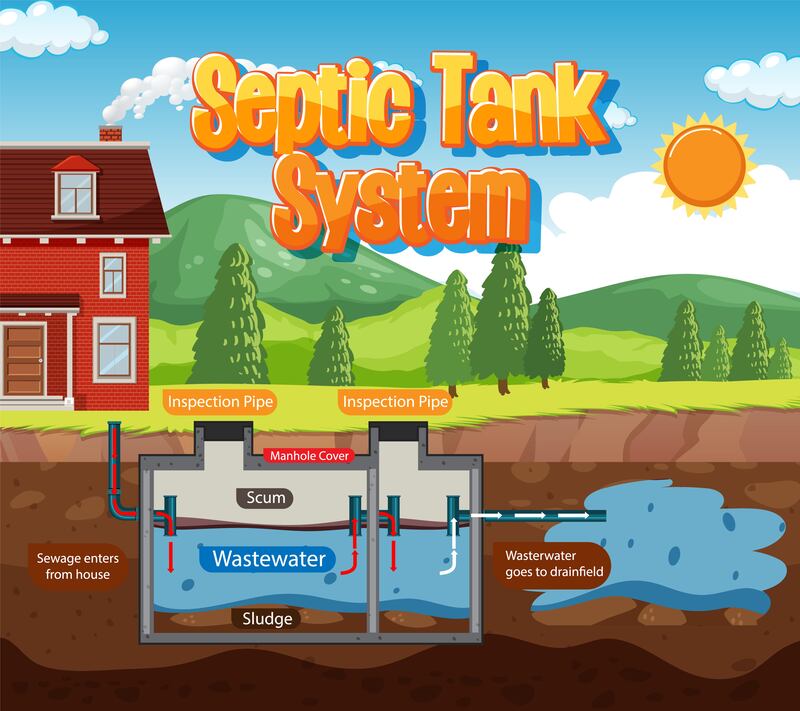
26
For properties that aren't connected to municipal sewage systems, septic tanks serve as indispensable wastewater treatment facilities. Understanding the key components of a septic tank is crucial for proper maintenance and ensuring the longevity of the system. In this article, we'll delve into the essential components of a septic tank, highlighting the significance of regular septic tank cleaning, repair, and installation provided by professional septic companies.
The first component in the septic tank system is the inlet pipe. Wastewater from the property flows through this pipe and enters the septic tank. Solid waste and heavy particles settle at the bottom of the tank, initiating the separation process that is integral to the tank's function.
The septic tank itself is a watertight container, typically made of concrete, fiberglass, or plastic, buried underground. It plays a crucial role in separating solids, liquids, and scum within the wastewater. As the incoming wastewater sits in the septic tank, the heavier solids sink to the bottom, forming a layer of sludge. The lighter scum, consisting of oils and grease, floats to the top. The clarified liquid, known as effluent, exits the tank and moves into the next stage of treatment.
The outlet pipe facilitates the flow of treated effluent from the septic tank to the drain field. This pipe is strategically positioned to ensure that only the clarified liquid passes through, preventing the discharge of sludge or scum into the drain field.
The sludge layer is the accumulation of heavy solids that settle at the bottom of the septic tank. Over time, this layer requires removal through septic tank pumping to prevent the buildup of sludge, which could lead to system failure and environmental contamination.
Floating at the top of the wastewater is the scum layer, consisting of oils, grease, and other lightweight materials. The scum layer is another component that necessitates regular attention through septic tank pumping and cleaning to maintain the overall efficiency of the septic system.
Once the effluent exits the septic tank, it flows into the drain field, also known as a leach field. This is the final stage of wastewater treatment, where the liquid is further purified as it percolates through the soil. Drain fields consist of perforated pipes buried in trenches filled with gravel, allowing for the natural filtration and absorption of the treated effluent.
Regular maintenance, including septic tank pumping and cleaning, is essential to prevent issues such as sludge buildup and scum accumulation. Over time, septic tanks may require repairs due to factors like cracks, leaks, or structural degradation. Professional septic companies play a crucial role in conducting routine maintenance, diagnosing problems, and performing necessary septic tank repairs.
When a property undergoes construction or transitions to a septic system, proper septic tank installation is vital. The installation process involves careful consideration of the property's size, soil composition, and the number of occupants. Experts at Charlotte Septic Pros assess these factors to ensure the optimal performance of the septic system.
Understanding the components of a septic tank is paramount for property owners seeking to maintain a healthy and efficient wastewater treatment system. Regular septic tank pumping, cleaning, and, when necessary, repair, are vital for the longevity and functionality of the septic system. By partnering with Charlotte Septic Pros, property owners can ensure that each component works harmoniously, from the inlet pipe to the drain field, providing effective and environmentally responsible wastewater treatment for years to come.

19
Is Your Septic System Overdue? Simple Home Checks You Can Do Today For many homeowners, the septic system is a…
Read more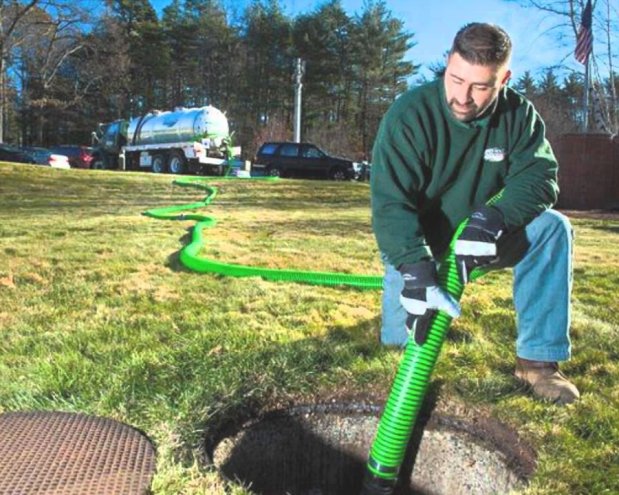
13
5 Signs Your Septic Tank Is Overdue for Pumping Your septic system works quietly behind the scenes, managing wastewater from…
Read more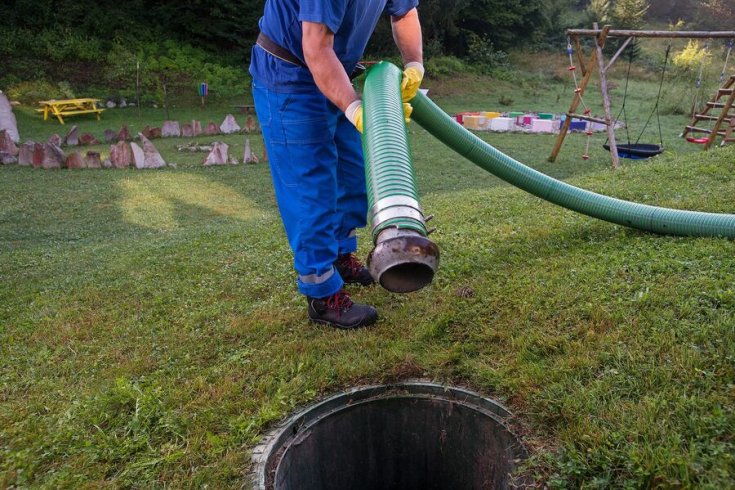
07
Do Septic Additives Really Work? Septic additives are everywhere. You’ll see them at hardware stores, advertised online, and often recommended…
Read more
29
5 Things You’re Doing Every Day That Fill Up Your Septic Tank Faster Your septic system works quietly in the…
Read more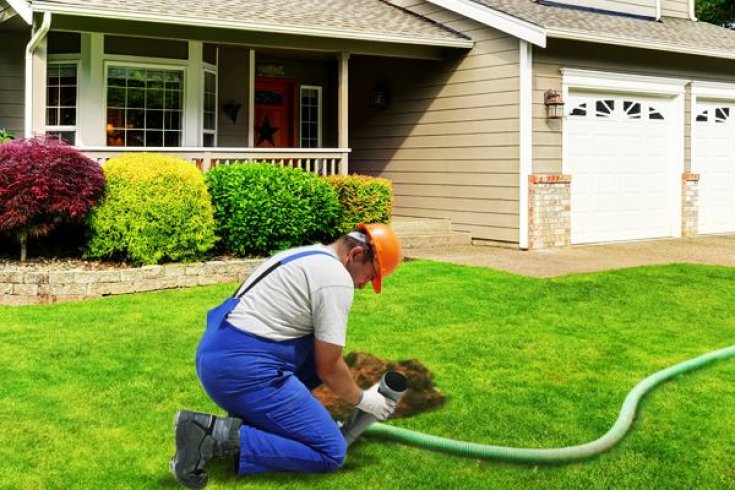
21
Is It Normal for Grass to Grow Greener Over My Septic Tank? If you’ve noticed a patch of grass in…
Read more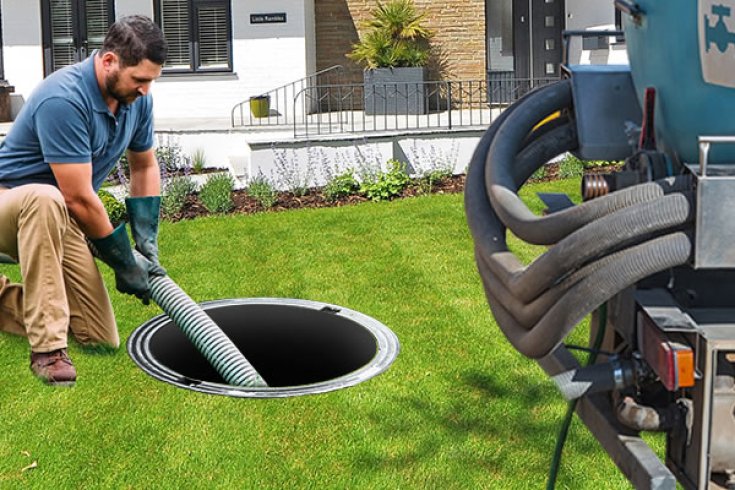
16
Why You Shouldn’t Wait Too Long to Pump Your Septic Tank A septic system works tirelessly behind the scenes to…
Read more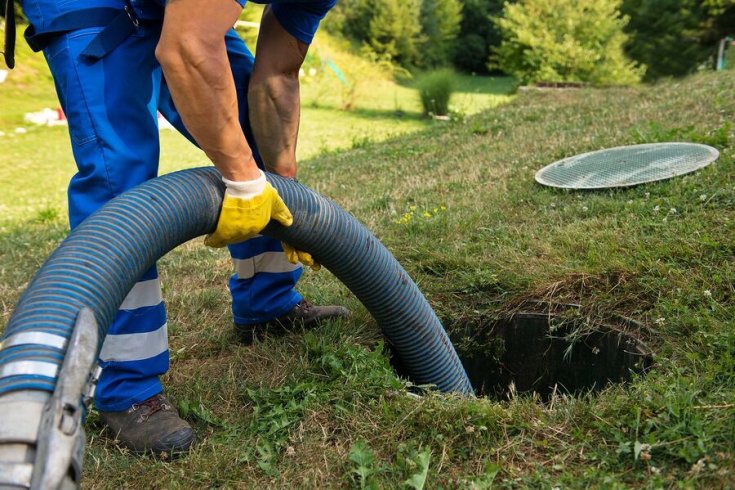
07
Septic Tank Smells? Let’s Talk About What’s Really Going on Underground A septic system is designed to manage wastewater efficiently…
Read more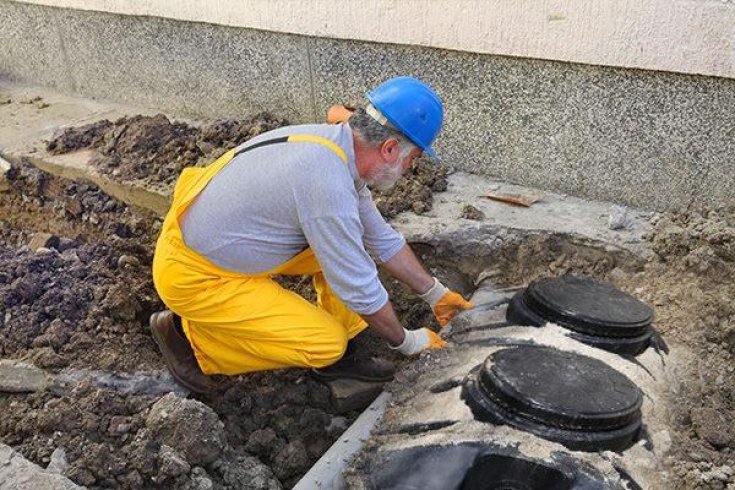
31
Why Neglecting Your Septic Tank Can Affect Your Yard, Home, and Health A well-functioning septic system is essential for managing…
Read more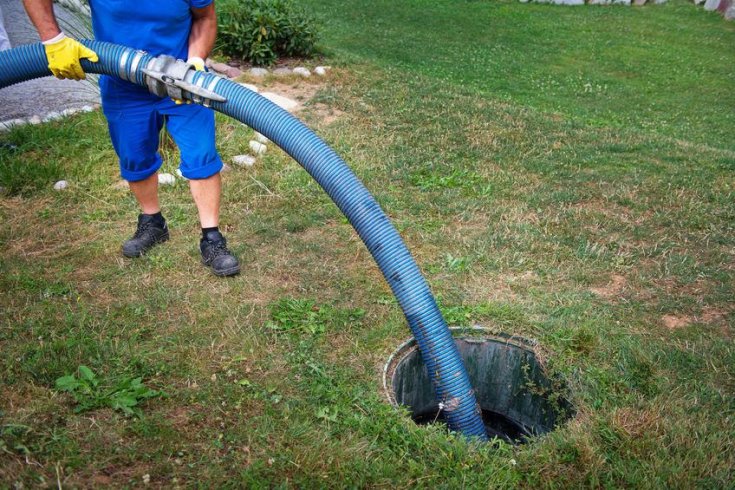
24
How to Prepare Your Septic System for Heavy Rain or Flooding When heavy rain or flooding hits, one of the…
Read more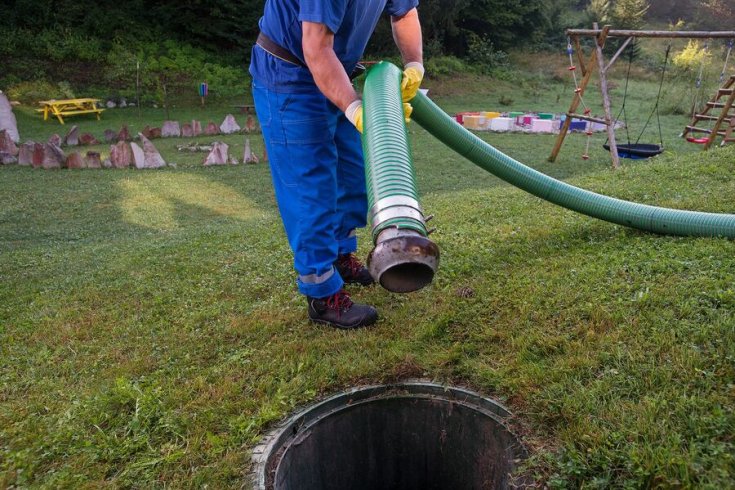
18
Does My Septic Tank Smell Mean Trouble? A well-functioning septic system should work quietly and odorlessly beneath the surface. If…
Read more